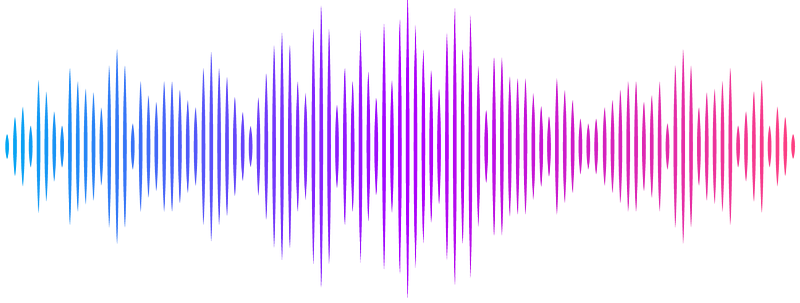Change in RhoGAP and RhoGEF availability drives transitions in cortical patterning and excitability in Drosophila

Change in RhoGAP and RhoGEF availability drives transitions in cortical patterning and excitability in Drosophila
Jackson, J. A.; Denk-Lobnig, M.; Kitzinger, K. A.; Martin, A. C.
AbstractActin cortex patterning and dynamics are critical for cell shape changes. These dynamics undergo transitions during development, often accompanying changes in collective cell behavior. While mechanisms have been established for individual cells\' dynamic behaviors, mechanisms and specific molecules that result in developmental transitions in vivo are still poorly understood. Here, we took advantage of two developmental systems in Drosophila melanogaster to identify conditions that altered cortical patterning and dynamics. We identified a RhoGEF and RhoGAP pair whose relocalization from nucleus to cortex results in actomyosin waves in egg chambers. Furthermore, we found that overexpression of a different RhoGEF and RhoGAP pair resulted in actomyosin waves in the early embryo, during which RhoA activation precedes actomyosin assembly and RhoGAP recruitment by ~4 seconds. Overall, we showed a mechanism involved in inducing actomyosin waves that is essential for oocyte development and is general to other cell types.